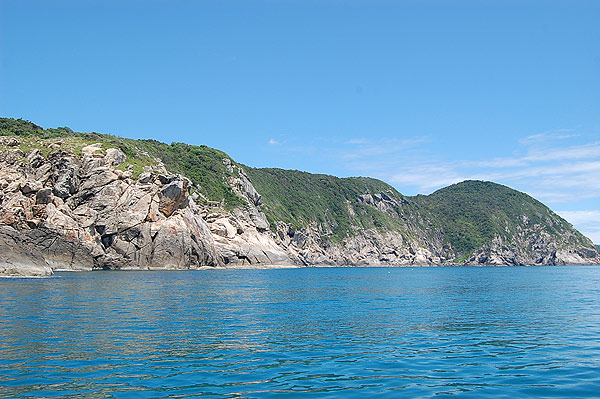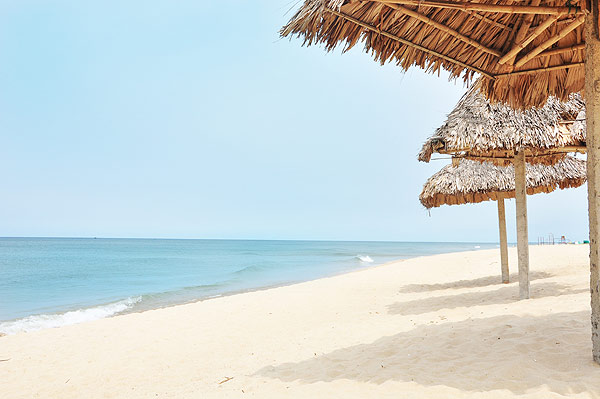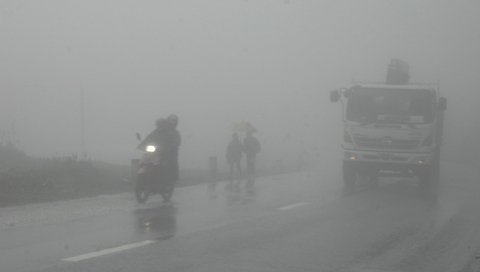To have a safe vacation, especially in strange seas, tourists should 'take it to heart' rules below.
Entering summer, going to the beach is the choice of the majority of people who want to rest and like water sports. In addition to the familiar beaches in Vietnam, many tourists also choose beautiful beaches abroad.
To have a safe vacation, especially in strange sea areas, visitors should "memorize" some of the rules below.
Do not take a bath if the temperature is below 18 degrees Celsius. Warm up before bathing but do not exercise too hard.
Get into the water slowly, don't jump in right away. The first time in the water should not exceed 15 minutes. Do not swim farther than 15 meters from shore or in areas deeper than 5 meters. The easiest way is to always pay attention to the swimming restriction flags that most waters have.
Do not expose yourself to the sun for too long before entering the water. Don't let your stomach get too hungry or too full. Do not hold your breath for too long when diving.
.jpg)
Be careful to get ashore as soon as you see the following symptoms: The body is itchy and feels cold. Feeling unusually tired, with pain in the forehead or back of the neck. Cramps, visual disturbances. There are signs of bloating, elbow and knee pain.
At new beaches, poisonous jellyfish and reverse currents are the two top threats to tourists. . If there are poisonous jellyfish in the resort area, tourists should bring vinegar so that if they are stung by a jellyfish, they can immediately apply it to the wound.
If you don't have vinegar, wash the jellyfish sting with sea water and then cover it with sand. This way the jellyfish venom will be limited.

There is another more dangerous phenomenon, which is that after ocean waves continuously hit the shore for a while, it will often create a current that flows back out to sea. These backwaters can be stable throughout the month or year, but they can also continuously change on an hourly basis.
On some beaches, the current does not go out to sea but runs along the shore. The offshore flow is usually narrow, about 1-3m wide, however, sometimes this flow is up to tens of meters wide, with an average speed of 0.5m/s to 1m/s, faster than the current speed. human swimming.

BackflowBackflow is the cause of most rescues and drownings while swimming in the world. The reason is that it pulls swimmers away from the shore, causing exhausted swimmers to panic and then drown due to exhaustion when trying to swim against the current.
For people who don't know how to swim, the current can pull them deeper even if they are standing in water that is only waist-high. At that time, people who cannot swim will panic and may drown.

What is more dangerous is that the water surface where there is a reverse flow is often flat and has few waves, so tourists think it is safe and go to bathe there, instead of bathing where there are safety signs. When swimmers swim into that current, they can immediately be swept out to sea.
Therefore, before entering the sea, visitors should spend about 5-10 minutes observing the sea surface. Upstream currents often have the following characteristics: Darker in color because the water is deeper; The water surface is calmer, often with smaller waves; Sometimes visitors can see debris or water bubbles floating on the surface of the current and drifting out to sea.
How to escape from the rip current: Actually, the back current does not pull the swimmer into the water but only takes it away from the shore, and then pushes the swimmer to the area where the waves hit the shore.

However, people often drown when falling into a reverse current because the natural instinct makes people who know how to swim swim against the current to reach shore, then quickly become exhausted and drown.
Besides, panic causes swimmers to no longer be able to judge accurately. Therefore, the important thing when falling into a reverse current is to stay calm and not try to swim against the current.
If you are confident, you should swim parallel to the shore, usually the current will go towards where the waves hit the shore and then you can swim to shore. For weak swimmers: When you feel your feet cannot touch the bottom or feel exhausted, raise your hand to signal, stay calm, float to maintain strength and call for help.
In addition, if the rip current weakens, try to swim parallel to the shore to where the waves are hitting the shore.
Back current can be dangerous at any time, not just when there are big waves. On days when the waves are not big, more people often drown because of negligence.

.jpg)














